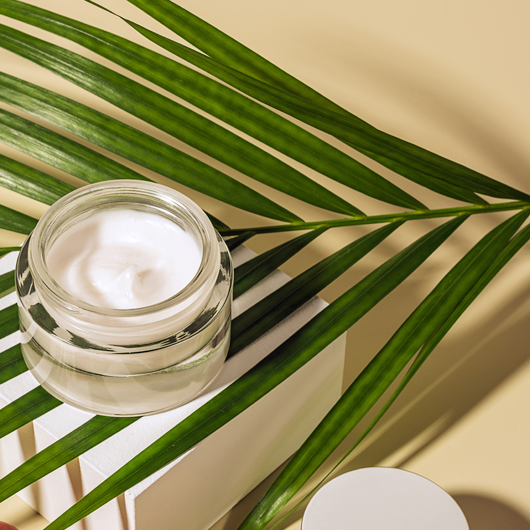Nail Care
Taking Care of Nails Naturally
Caring for your nails is a crucial and often neglected part of your skincare routine. Feet and toenails tend to be ignored because they are usually hidden under socks and shoes. Yet, our hands and feet get used so often; they need extra care.
Clipping and shaping toenails are vital to preventing nail damage and painful ingrown toenails. The same goes for your fingernails. Nails need to be clipped and filed to keep them beautiful and healthy.
Take Care of Toenails
Toenails are best cut straight across with slightly rounded edges; this style will help avoid your toenails from becoming ingrown. If the toenails do get ingrown, remove them safely.
Start by trying to file the edges away from the skin. If it is painful or infected, see a doctor immediately. The longer you wait to see a doctor, the worse the correction can become.
Bad ingrown toenails often have to be removed entirely. Do not ignore your toes if you suspect an ingrown toenail.
How to Care for your Cuticles
Cuticle care is also essential as the cuticles need to be pushed back to prevent severe overgrowth and hangnails that can be painful.
Cuticles are there for a reason; whether you are getting a manicure or giving yourself one, do not allow the cuticles to be cut off.
If your cuticles have split, you can clip them to prevent painful hangnails. If there is an overgrowth, trim to remove the excess and turn off the nail plate. If one of these is the case, they should only be cut and never removed.
Cuticles prevent harmful bacteria from getting under your nails, causing infection.

If you eliminate the cuticles, your fingers are at high risk for infection.
They will typically become red and swollen as bacteria can get into the skin.
Common Nail Concerns
- Thickening of the nails or, more commonly, toenails: Do not worry if this has begun happening to you. Thickening nails come with age. Unfortunately, there is no solution, but if you take care of your nails and toenails, clipping and filing them regularly, they will be easier to manage.
- White spots: Sometimes, small white spots begin to show up on our nails or toenails. Again, this is nothing too serious. These white spots are known as leukonychia. These spots have a few different causes: genetics, poor nutrition, and minor damage. These spots are often hereditary, and a person may get them for no reason other than a trait they possess. Nutrition can be another cause; if you are missing vital elements in your diet, hair and nails are the first things that begin to diminish, and these white spots are a sign of that.
- Ridges: Ridges in your nails are another thing typically developed from genetics and age. There is no cure, but there are some simple solutions to make it easier to deal with. First, get a natural nail buffer and buff the nails smoothly. Be careful not to use a buffer that is so coarse that it removes too much of the nail. Many nail strengtheners help to fill in ridges.
- Weak, peeling, or brittle nails: These nail conditions often cause minor damage to the nailbed (like having acrylic nails on for an extended period or removing them improperly) or poor nutrition. The best solution to all of these issues is to find a good nail strengthener. Then, apply it at least once a week. Also, keeping polish on your nails can help give added strength while your nails recover. If they are brittle, have ridges, or are weak, use a strengthener to combat damage caused by acrylics. For spots, look at your diet and add leafy green vegetables.
Nail and cuticle care keep your hands looking their best. Make sure to use a moisturizing lotion to keep your hands and feet hydrated. Clean, trim fingernails and toenails make you look more professional and feel more beautiful. Avoid painful issues and have confidence in your hands and feet. Take care of them.


